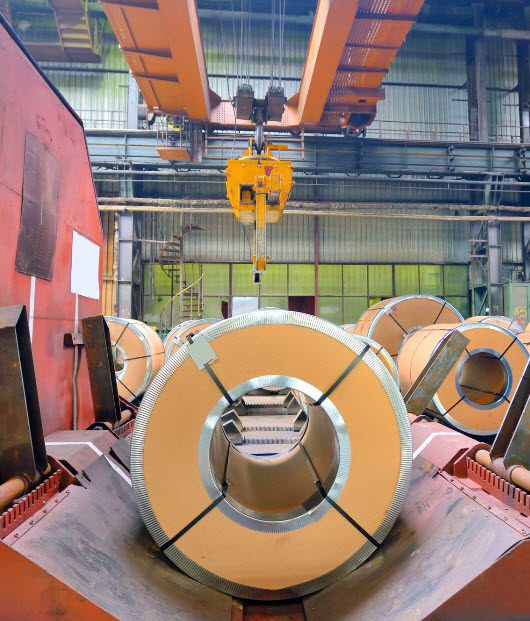 Have you heard? New Autonomous Vehicles are hitting the road in 2020. These Level 3 vehicles are able to drive from point A to point B automatically if certain conditions are met. However, in the case of an emergency, drivers need to take control. Not really what you could call autonomous. No manufacturer is yet ready for Level 5 self-driving – a car that can drive from point A to point B regardless of weather conditions, speed, traffic, pedestrians and without the need for a driver. Vehicles of this level are still far from reality!
Have you heard? New Autonomous Vehicles are hitting the road in 2020. These Level 3 vehicles are able to drive from point A to point B automatically if certain conditions are met. However, in the case of an emergency, drivers need to take control. Not really what you could call autonomous. No manufacturer is yet ready for Level 5 self-driving – a car that can drive from point A to point B regardless of weather conditions, speed, traffic, pedestrians and without the need for a driver. Vehicles of this level are still far from reality!
Unlike autonomous cars driving on roads with unpredictable situations constantly posing hazards, did you know autonomous overhead cranes have already been around for the last 10 years?
Schneider Electric has developed a totally unique solution specifically for the steel industry called Integrated Autonomous Crane System (IACS). It improves crane performance and warehouse efficiency by fully automating material movement from production line to yard to warehouse to shipping and helps to achieve critical business benefits including safety priorities and operational improvements.
Automated cranes seem fairly straightforward. Moving coils or slabs from point A to point B can be performed by most companies with an automation background. Although, automating x number of cranes in a Hot Rolling Mill in continuous production improving reliability, availability and reaching the expected performance is not as easy as it sounds. The cranes are not only carrying out simple and repetitive movements with pre-defined cycles. The system considers real time production and supply chain to optimize organization, shipping logistics and crane activity.
If one of the most significant benefit is to reduce operational costs by achieving reallocation of human resources to other areas, the main objectives of any production facility is to maintain high levels of productivity and improve quality and efficiency without compromising on business health and safety policies.
A good example in comparison was the introduction of robots in the automotive industry. Today, robots are an essential part of making automotive plants competitive. As more and more industries find themselves moving towards autonomous crane technology; time, capex and the right partner will be the recipe for success.
To perform such complex and autonomous operations in these yards, Schneider Electric has introduced the latest technology in this sector. This patented innovation is related to the method for correlating position and profile measurements of an object to be manipulated by a crane during movement in real time.
This innovation is integrated in a centralized control unit and configured to control the crane. Data is sent from at least one position sensor configured to measure with accuracy the position in the hoisting area. Verification of the speed and exact position of the crane during deceleration detects the object to be manipulated based on the data received from the position sensor. This method correlates the identified position to the profile data and calculates the dimensions of the object to precisely position the crane.
The system is compatible with more than 80% of applications running in manual today and achieve up to 50% faster movements. This patented technology ensures peak performance and efficiency, moving towards a sustainable and digital steel industry.



